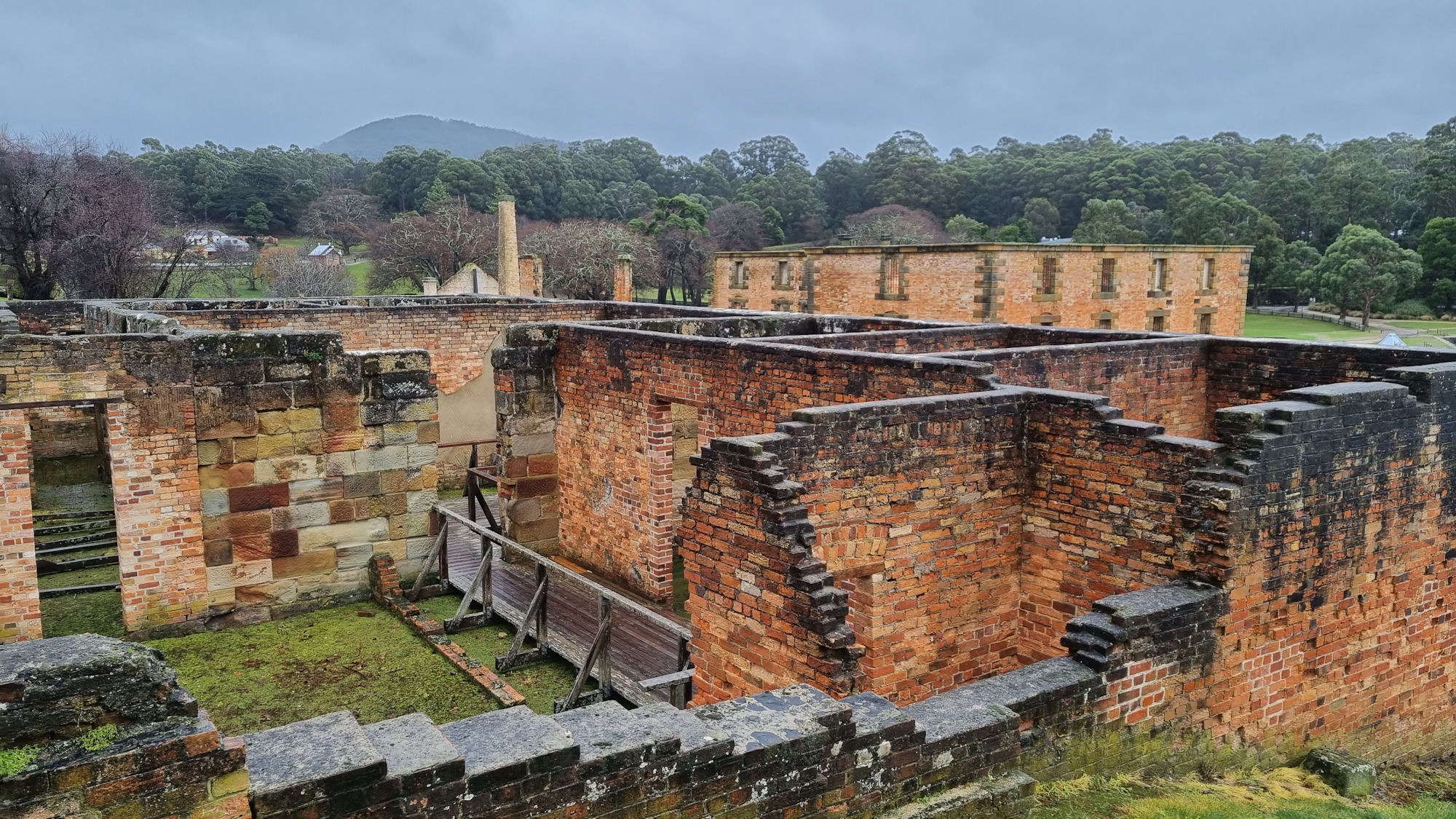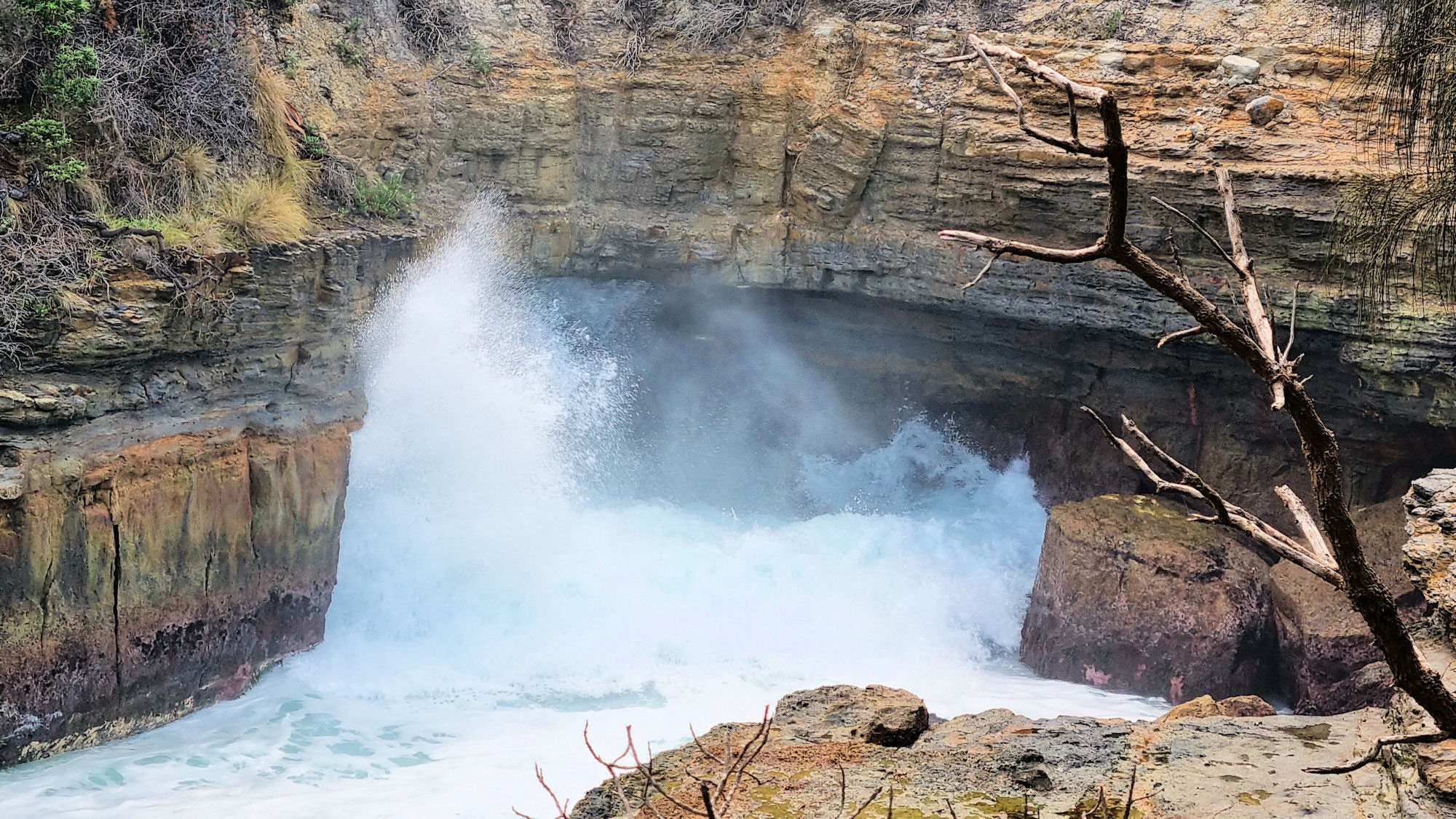Tag: Bush Walking
-
Tasman Peninsula Tasmania Australia

Tasman Peninsula The Tasman Peninsula has an wonderful array of historical and natural locations explore. Containing some of Australia’s oldest convict sites, it tells the story of early colonial life while being surrounded by amazing natural beauty. During our stay here, we visited the sites below. This is by no means all there is to… Read more
-
Amazing Geological Sites on the Tasman Peninsula

Amazing Geological Sites on the Tasman Peninsula The rugged Tasmanian coastline lends itself to the formation of amazing geological sites, with many grouped together on the Tasman Peninsula. Tessellated Pavement Tasman Arch The Blow Hole Remarkable Cave Tessellated Pavement Best accessed at low tide, the tessellated pavement at Eaglehawk Neck resembles human-made pavement. During our… Read more
-
Cape Raoul Track Tasmania

Cape Raoul Track Tasmania Getting There Located in the south-western section of the Tasman Peninsula, the Cape Raoul Track has a large carpark and toilet facilities at the trailhead. There are no facilities on the track, so take all of the food water and spare clothing you will need. Weather in Tasmania changes quickly, so… Read more